One of the most powerful speeches I ever heard was delivered in a casual meeting of the NSW Rostrum public speaking organisation.
I’m told the club was once a regular haunt of a young and ambitious Tony Abbott – a place where he refined his speech-making skills.
The speaker on this evening was not a public figure that I recognised. She was a lawyer who had migrated from Iran to Australia as a teenager and had come to speak on the topic Little Things Matter. A Lot.
The speaker noted how shocked and frightened she became when one of her school teachers openly criticised the Australian government over a policy matter. Her prior experience in Iran led her to assume that the teacher would be dismissed and arrested, and that all those in the vicinity of the criticism would be swept up in the punishment.
The speech was also notable for how much praise it gave to Foreign Minister, Julie Bishop.
She referred to Julie’s fitness regime and overall healthy attitude to life. She described Julie’s dress sense as ‘on point’, which I later learned meant a flawless attention to dress details.
Julie’s style, articulateness, and success in politics served, apparently, as a role model for many Iranian-born women living in Australia.
But in 2015, this glowing image of Bishop as a female empowerment warrior was shattered. Images were beamed over Australia’s media of Julie meeting with her Iranian foreign affairs counterpart, Javad Zarif in Tehran.
Julie was dressed in all black. That was bad enough, but the disappointing clincher was, apparently, that Julie was wearing a black head scarf known as a hijab.
This single act of donning a hijab was viewed as undermining the efforts of Iranian women around the world to push back against the subjugation of women in that country.
Julie’s capitulation was contrasted with others in that era, such as Hillary Clinton and Condoleezza Rice. Both had pointedly travelled through the Muslim world without wearing a hijab.
Earlier in 2015, Michelle Obama had even visited Saudi Arabia and similarly refused to wear a hijab.
The issue of white Western women ignoring the plight of women living under theocratic regimes is reoccurring. Earlier this year, the ABC’s Q&A program discussed a report by influential feminist and journalist, Anne Summers.
She’d investigated the prevalence of domestic violence in Australia and identified policies to help get women out of violent situations.
Hosted by Virginia Trioli, the whole show was taken over by an impassioned Indigenous woman who asked Anne directly whether her domestic violence report covered the situation of Indigenous women. Anne admitted it did not, which was met with exasperation.
The actions (or lack) of Western feminists are again in the spotlight.
A 22-year-old woman named Mahsa Amini from Saqqez, a town in the Kurdish region of Iran, was visiting Tehran when she was arrested for failing to properly wear her head scarf.
Those doing the arresting are known as ‘morality’ police, commissioned to enforce the law requiring women to cover their limbs and hair when in public places.
While in custody, on the third day, Mahsa slipped into a coma and died. A police statement claimed her death was due to heart failure, although her family say she was in good health.
It is reported that a CT scan of the skull shows a fracture and brain edema, which is a fluid build-up around the brain from inflammation, usually caused by a trauma. The death is now a rallying point for Iranian women to push back against entrenched misogyny in the country.
The laws requiring women be covered commenced in 1979 as part of the Iranian Revolution which deposed the Shah. Prior to this, women in Iran were free to appear in public, with or without a hijab.
The introduction of mandatory hijab was initially forcefully resisted. On International Women’s Day on March 8, 1979, thousands of women and some men protested for six days in Tehran before being crushed by government forces.
The purported idea behind mandating the hijab was to protect women against the passions of males who may be aroused by the site of a woman’s skin or hair.
Many argue that this rationale is a fig leaf for a misogynistic culture that actively seeks to suppress and subordinate the human rights of women and reducing competition for privileges that would be harder for males to obtain in a society based on merit.
In response to the death of Mahsa, a genuine opposition movement appears to be forming.
Hijab-burning protests have ignited all over Iran. In the Northern city of Sari where women have pulled off their headscarves, danced on them, and then torched them in public squares – in direct defiance to the morality police and Mullah leadership generally.
The protests have involved young men as well.
Ominously, President Ebrahim Raisi has pledged to ‘deal decisively’ with those who oppose the country’s security and ‘tranquility’.
Compared to the oppression faced by women in Iran and Afghanistan, the priorities of Western feminists seem trivial.
I remember when Julie Gillard gave a lecture in the CBD of Sydney about the terrible glass ceiling faced by Australian women.
Gillard seemed unaware that she was, in fact, the Prime Minister of Australia. Along with a female holding the highest political job, the Governor-General was Quentin Bryce. The NSW Governor was Marie Bashir. The Premier of our largest state was Kristina Keneally. And, not to forget, our monarch was Queen Elizabeth II.
If there is a glass ceiling, surely you’d have to conclude there are at least some cracks in it?
Australian feminists have largely achieved what they wanted. Is there any more juice that can be squeezed out of the hapless, middle-aged white male who slaves away in middle management?
Are there no more pressing issues for women, like the human rights abuses in Iran?
When speaking with an Iranian friend last weekend, she had just one request: that white Western women use their media megaphones to support Iranian women who are now in the streets protesting, risking their lives to win some basic human rights – like what you can wear.
Nick Hossack is a public policy consultant. He is former policy director at the Australian Bankers’ Association and former adviser to Prime Minister John Howard.
Got something to add? Join the discussion and comment below.
Get 10 issues for just $10
Subscribe to The Spectator Australia today for the next 10 magazine issues, plus full online access, for just $10.

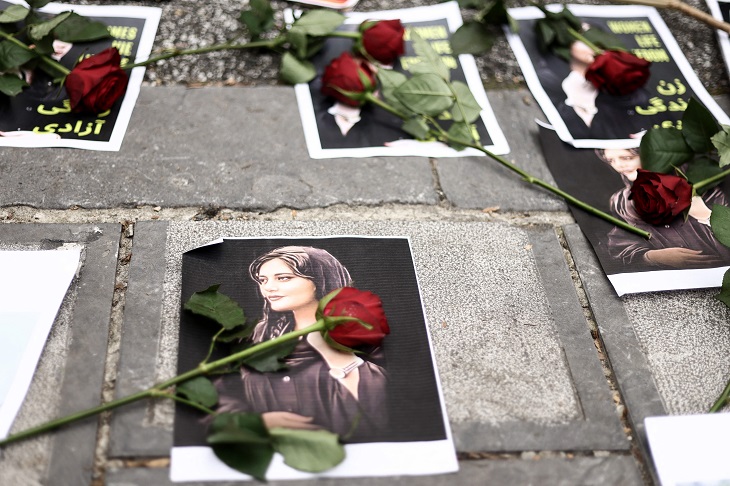
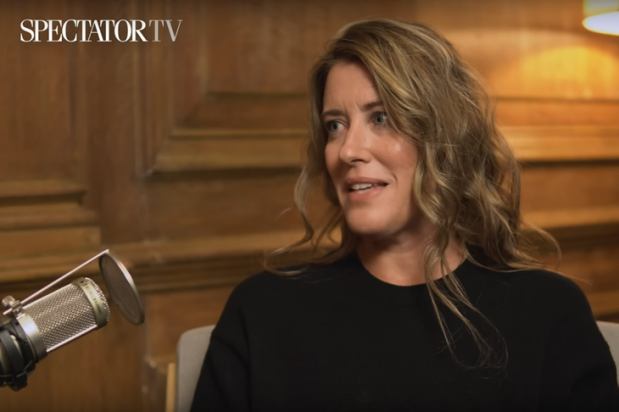
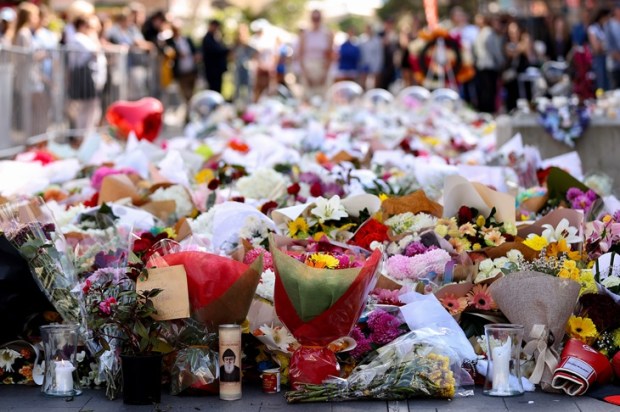
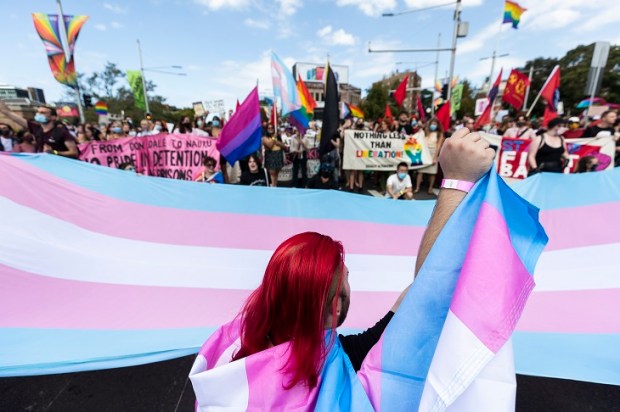
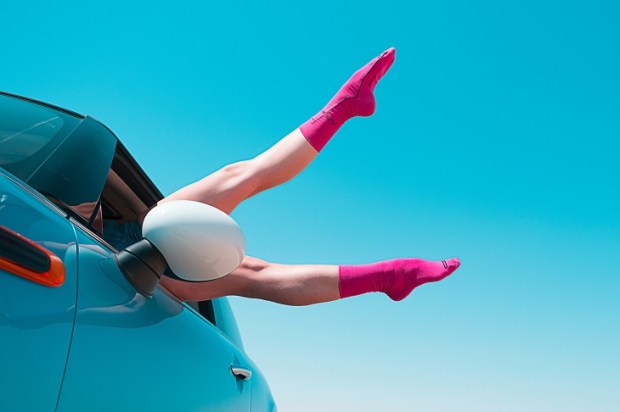
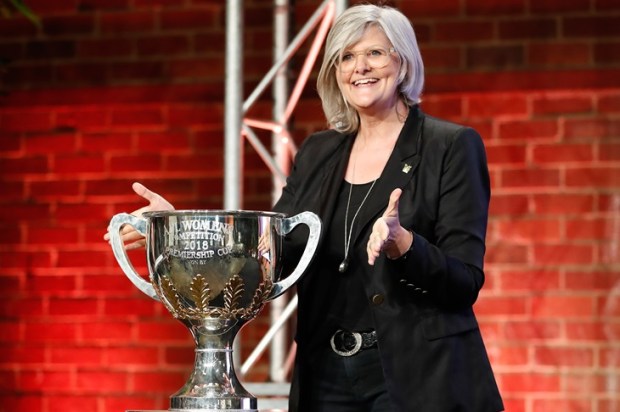



















Comments
Don't miss out
Join the conversation with other Spectator Australia readers. Subscribe to leave a comment.
SUBSCRIBEAlready a subscriber? Log in